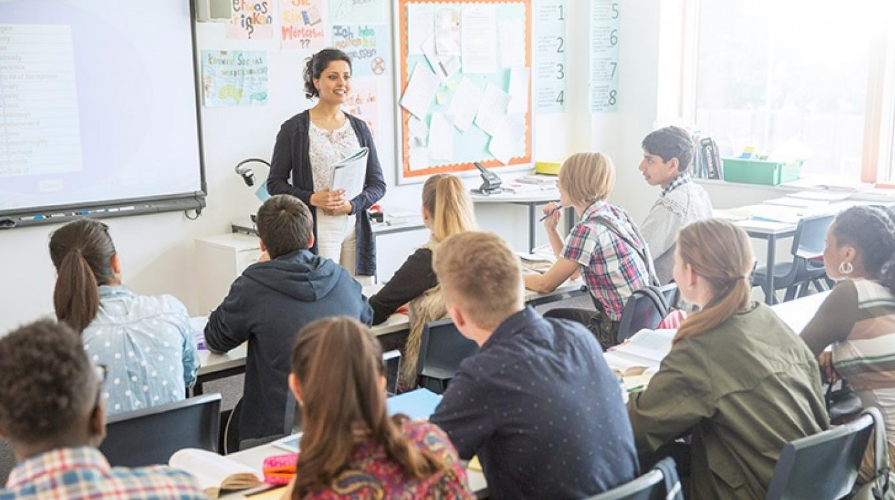The Effective Teaching Gap
Reducing the student achievement gap between students from low-income and high-income families may be more difficult than redistributing effective teachers, according to a recent study.
Based on data collected from 26 public school districts over the course of five years, access to effective teachers is nearly equal between low- and high-income students, with the average teacher effectiveness being about 1 percent higher for high-income students.
Furthermore, estimates show that redistributing effective teachers to close this gap would only have a marginal effect on improving state testing scores for low-income students. For example, estimates show the student achievement gap between low-income and high-income eighth graders would only shrink .3 points in reading and 2.2 points in math.
More effective solutions to reduce the student achievement gap may include:
- Expansion of tutoring
- Implementing early-learning programs
- Coaching teachers
For more information on the topic, check out Estimating the “Effective Teaching Gap” on the Education Next website.

Troy Richardson
Troy Richardson joined HR Services in 2022. Before joining TASB, Richardson worked as a financial analyst in the telecom industry.
Richardson received bachelor’s and master’s degrees in economics from the University of Alabama.
HR Services

Subscribe to HRX
Stay up to date with all the latest HR news and trends by joining the HRX mailing list!





